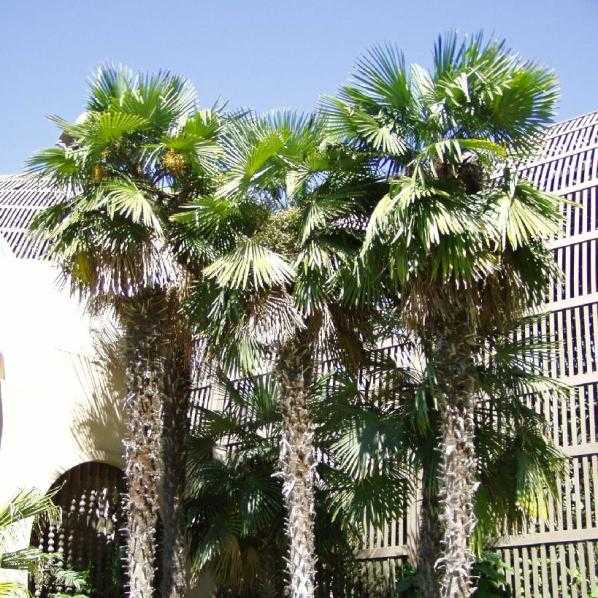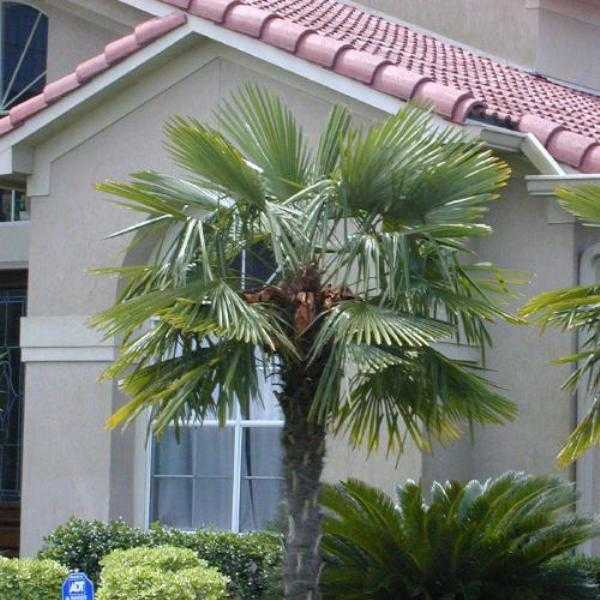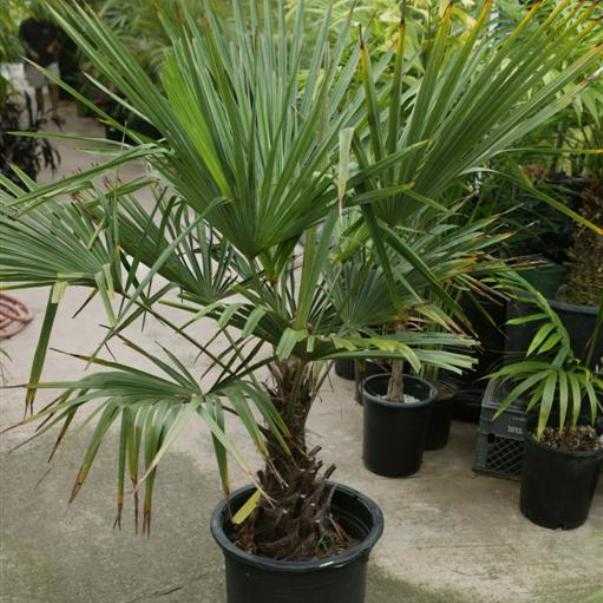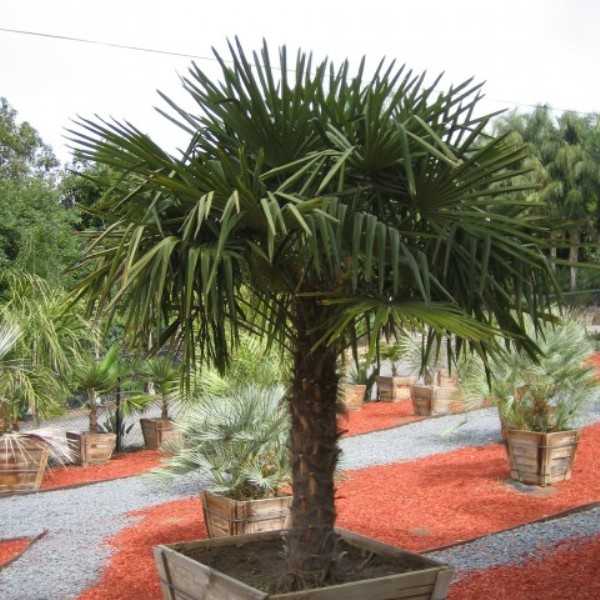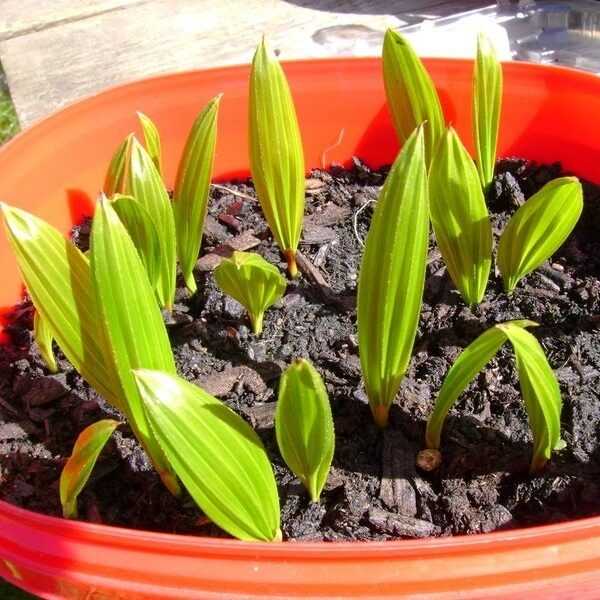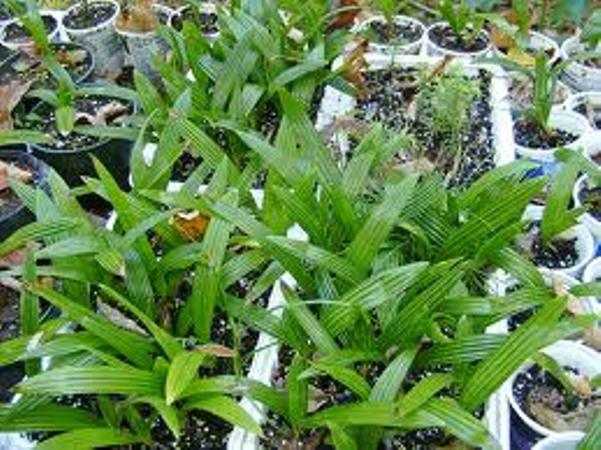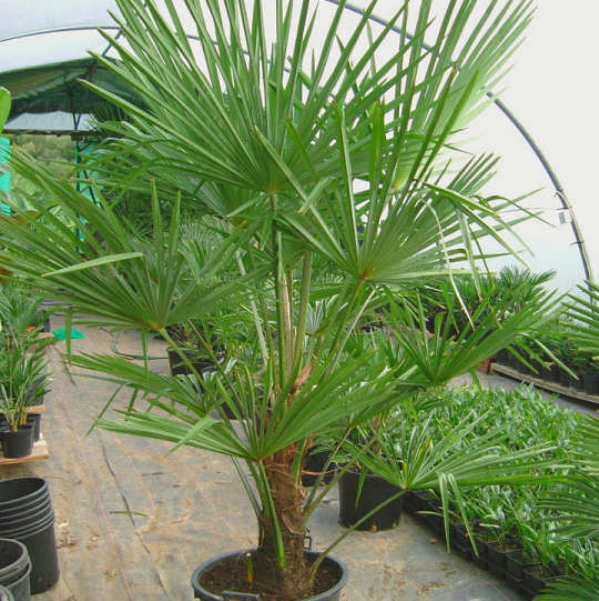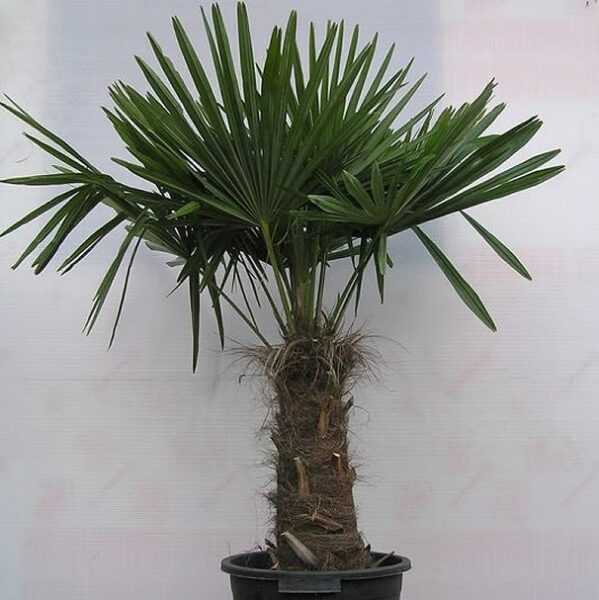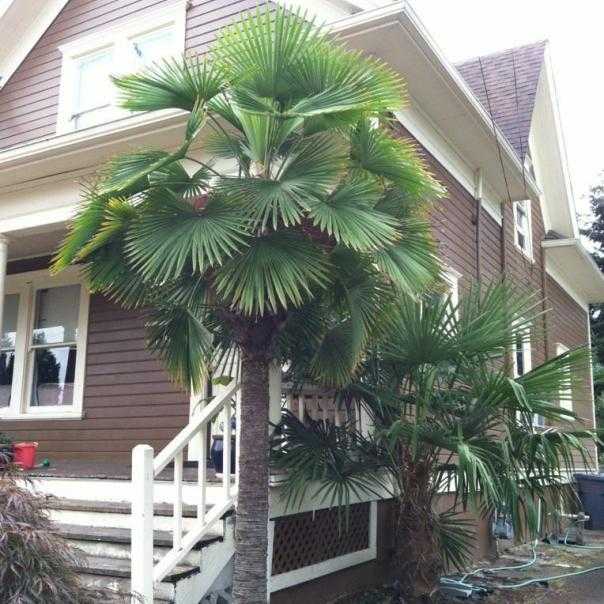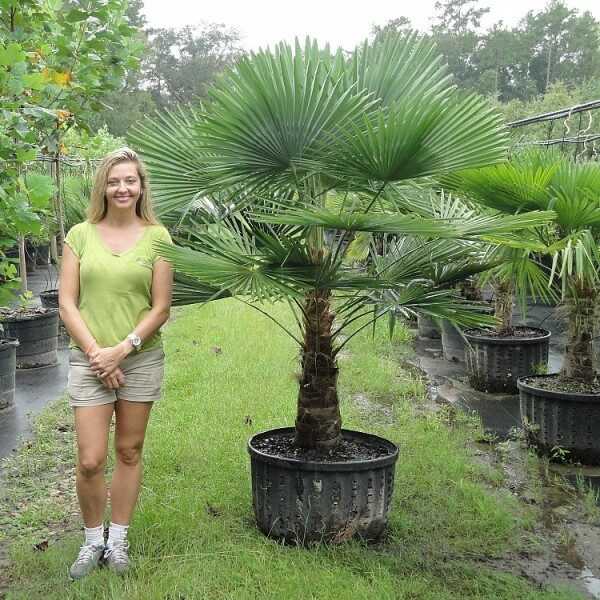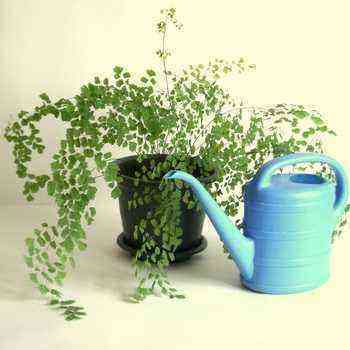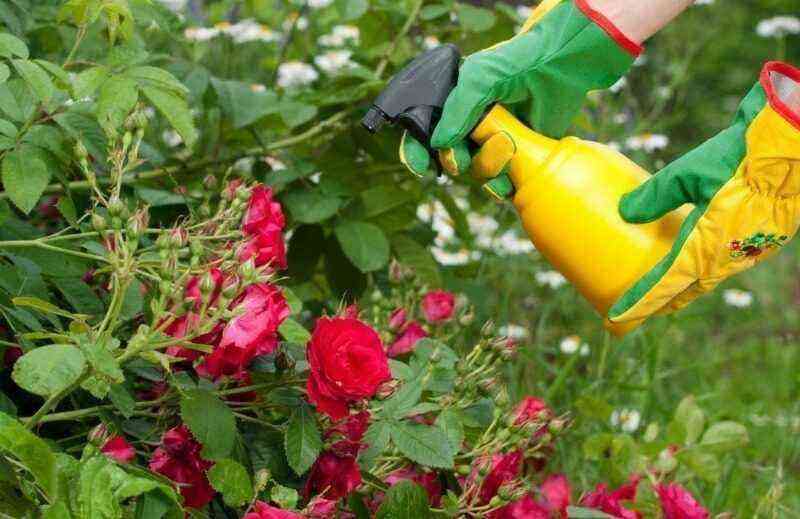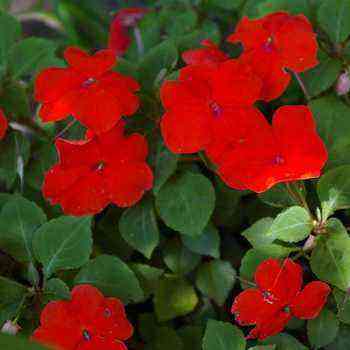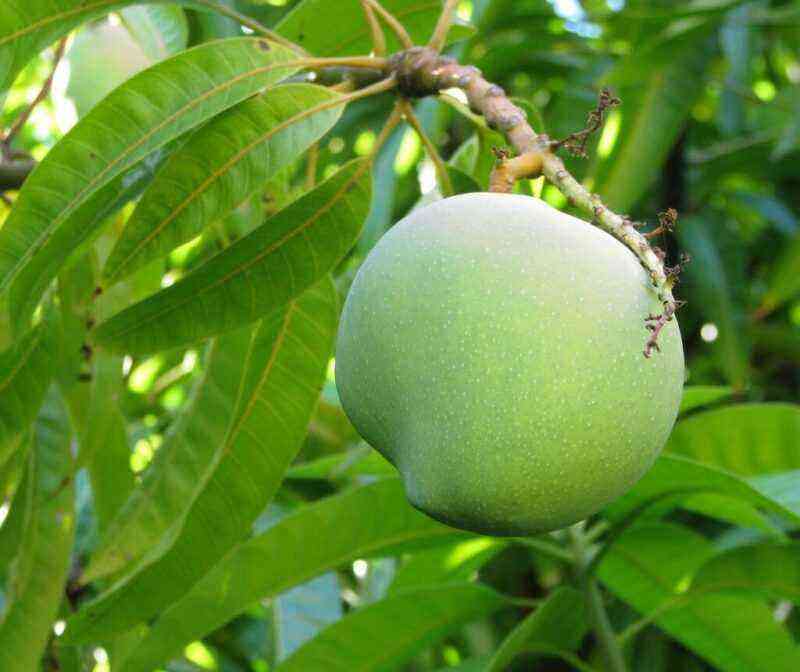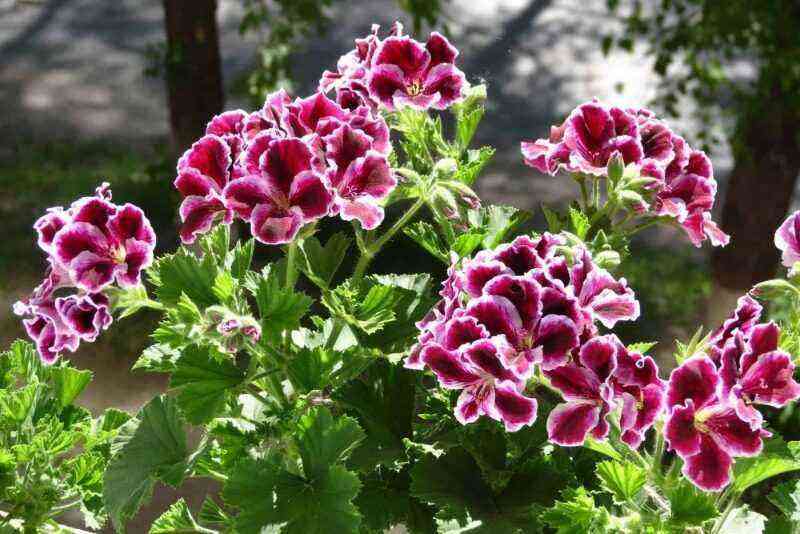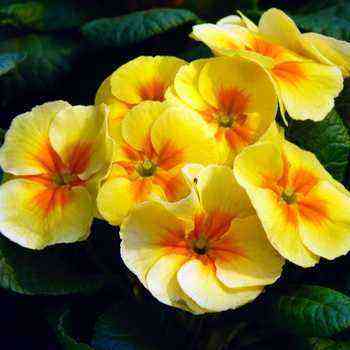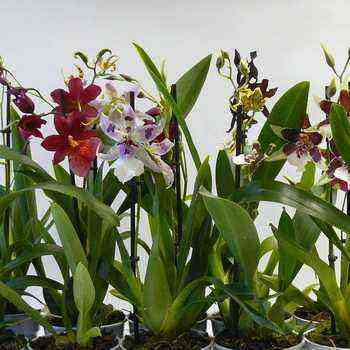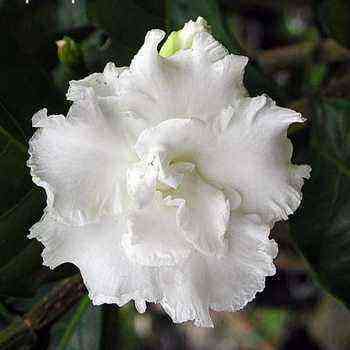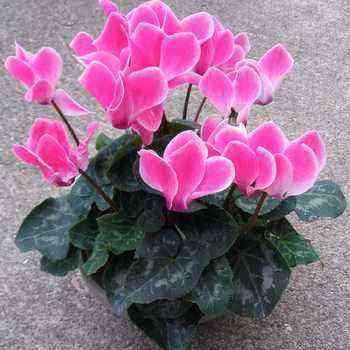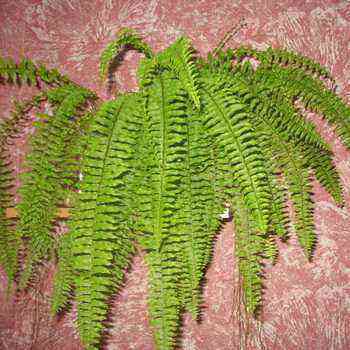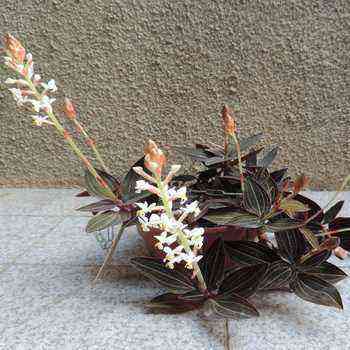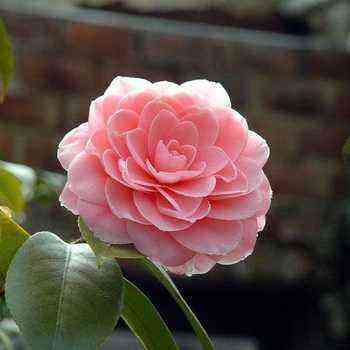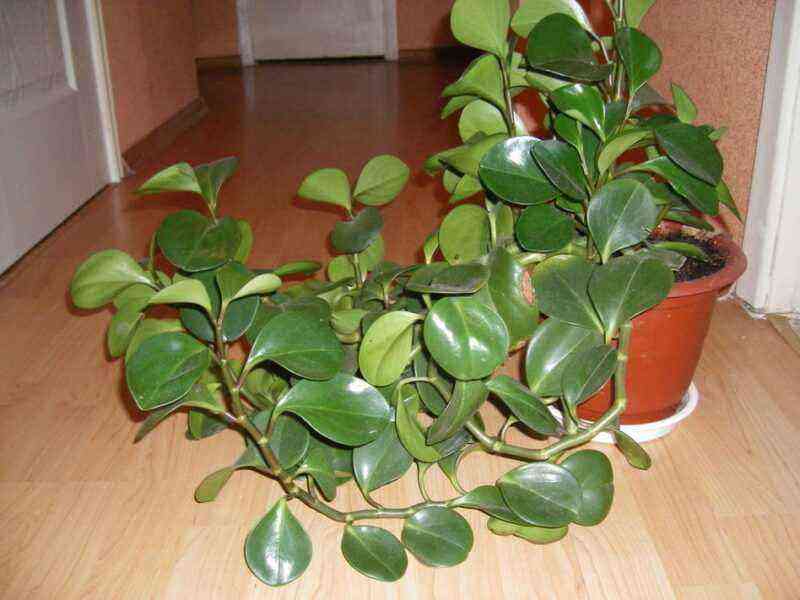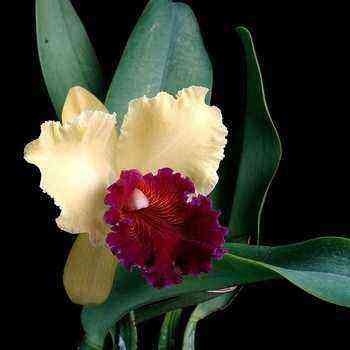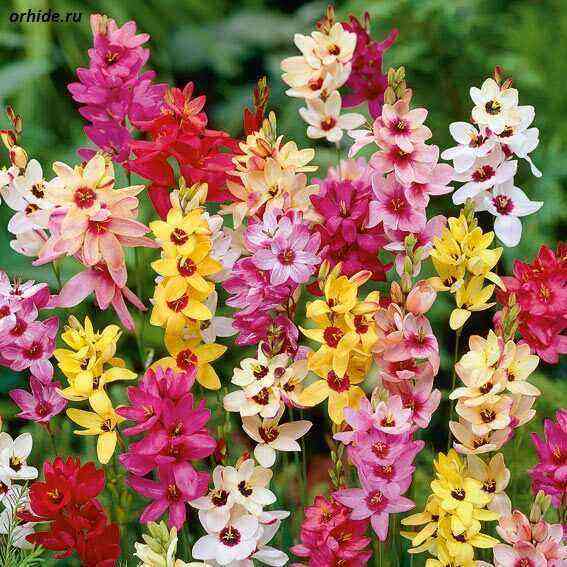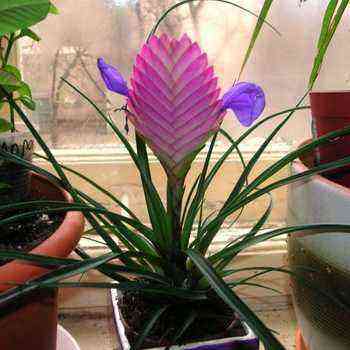A species of palm tree trachikarpus native to Asia, the natural habitat of the plant stretches from the Himalayas to eastern China, including Thailand, India and Myanmar. Accordingly, at home, trachycarpus requires special care and the creation of living conditions as close to natural as possible. They are often affected by diseases and pests. The most common problem with growing a trachycarpus palm from seeds at home is yellowing of the leaves as a result of over-watering. At the same time, with insufficient moisture in the earthen coma, growth stops and all available foliage is shed.
Description of trachycarpus with photo
Due to its similar appearance, it is often referred to as a fan palm. Each species differs in color, crown size, trunk diameters, leaf color and the height of the tree itself. Most come from mountainous regions with a rather cold climate. In most species, the leaves are deeply separated from each other and have a finger-like shape. You can often find a bluish coloration of the lower part of the foliage, and blue at the edges or at the top. Petioles are formed from a trunk with relatively small leaves. This is a general description of trachycarpus: the photo can be viewed on this page. However, it is worth paying attention to the descriptions of the trachycarpus varieties.
All of them, without exception, have one thin trunk, but different in height – from almost imperceptible to 12 meters in height. Thick fibrous material or hairs grow from the trunk. Over time, this material can fall off, exposing the trunk with thin wood (this is not uncommon for old plants, especially at the base, many even remove this hairline on purpose). Occasionally, you can see 30-centimeter fibers arranged in a chaotic manner – they seem to be scattered over the entire surface of the trunk. Most often, the reasons for the banality are simple – among the numerous thickets of the tree, wild animals, skunks, for example, are looking for insects that may well be hiding there.
It is very rare to see the so-called “skirt” of old leaves on the trachycarpus. Outwardly, it really resembles this wardrobe item: dead leaves hang on the top of the trunk and continue down the stem. A classic skirt with leaves hanging down is very rare.
In the photo of the trachycarpus, you can see the so-called “hairline” of the palm trunk and the degree of its filling.
The leaves are flat, finger-shaped. In some species, the ends of the plants hang upside down to the ground. Each leaf segment is attached to a petiole. They can also fall of small and medium size – up to one and a half meters. They are dark green on top, and light blue on the bottom (this is from the waxy substance produced by the leaves). Depending on the species, they can be softer or harder. The petioles are either smooth or with small, barely noticeable irregularities and reach a height of up to 120 centimeters (they can be longer if the palm is grown in diffused light).
The inflorescences of trachycarpus leaves are compact and spherical. As I mentioned earlier, a plant grown with a diffuse color will produce longer cuttings, therefore, the crown of the leaves will be more open. Whereas a flower grown with an intense color is much smaller. Old leaves hang upside down near the trunk, and if they are not removed for a long time or the tree is not pruned, they eventually fall to the ground.
Flowers of yellow or orange color appear among the density of leaves and have a branched shape. The trachycarpus palm is a dioecious plant, that is, it can be male or female. When pollinated, small fruits of black color (immature – green) grow, in some species they can grow already peeled.
Caring for trachycarpus at home
As mentioned earlier, palm trees are native to the highlands of Asia, where they live covered with snow and in large snowdrifts. This determines their resistance, because some varieties are grown even in areas where the temperature rarely rises below zero. Enthusiasts grow it in cold states such as Washington, Maryland and Long Island in New York. Most likely the limit for trachycarpus is 15 ° C or even colder. They can affect the limit of the permissible cold for palm tree survival – its duration, sudden changes in weather and high humidity. At home, trachycarpus feels great away from radiators. In winter, not only regular watering is required, but also moisturizing of the leaves by spraying from a spray bottle.
The flower also likes sunlight, they can even tolerate high air temperatures (up to 35-37 ̊С). But it blooms best in the shade and partial shade. This tolerance for different temperatures makes the palm tree ideal for decorating gardens and interiors, in both cold and hot climates. Also, trachyarpus care includes measures for timely transplantation and feeding.
Like most palms, replanting Trachikarpus is worth it only if necessary, when the roots are completely overgrown. Remember that replanting should be partial, keeping the soil at the roots. The soil should be loose so that the water is well absorbed and passes quickly, the simplest option is turf and compost soil, as well as perlite or coarse sand and humus. And of course there is good drainage.
Good drainage of the soil is preferable, since the flower does not really like moisture. And constant watering can lead to rotting of the entire root system – a couple of times a week will be enough. If you keep Trachikarpus in the shade, then watering should also be moderate, otherwise its roots will begin to rot. Grows faster on open ground than in pots.
Growing trachycarpus from seeds
The Trachikarpus palm tree propagates with the help of seeds. After 10 months after germination, they are no longer able to sprout new shoots, so read the packaging carefully when buying seeds. In principle, the procedure is no different from planting other varieties of palm trees – soak the seeds for several hours. Then place in loose soil, water and fertilize the sprouts about twice a week.
As soon as the first shoots begin to appear (and it will not be soon – 2-3 months), transplant them into separate pots so that they have the opportunity to develop freely.
It takes several years to grow trachycarpus from seeds. But it’s worth it. Finished copies can cost up to tens of thousands of rubles at their cost.
It is better to propagate it by planting root shoots, which necessarily appear on the plant over time (just be careful not to damage the mother tree when separating them). After the separation procedure, all the leaves are removed from the cuttings taken, the place of the cut is dipped in a special powder (something like “Kornevin”) and planted in coarse, wet sand (or poured). The temperature during the growth and development of the sprout should be at least 27 ° C, the pot itself should be in partial shade, and the substrate should be slightly damp. This method differs from the cultivation of trachycarpus from seed in a faster period of reaching marketable maturity.
Variety Trachikarpus Chinese fan or Trachikarpus fortune
The most affordable of all varieties of Chinese origin. Currently, Fortune’s trachycarpus is grown in different countries under different conditions. It is native to the temperate and subtropical highlands of Asia, including southeastern China, Taiwan, and Chusan. The fan-shaped Chinese trachikarpus is also commonly grown as a specimen or just for the beauty of the landscape in central and northern Florida, the Southwestern United States, off the Atlantic coast and along the softer areas of the west coast. This international plant adorns the territory of Lake Como in Italy, the southern shores of the British Isles and the Crimean Peninsula.
Most specimens of Trachikarpus Fortune can reach a height of three to six meters, and the oldest and all twelve. The trunk is only 15-17 cm in diameter, and without the fibrous sheath it is even smaller. The leaves are up to one meter in diameter and are clearly segmented. Green on the upper side, and on the bottom too, but there is a slight bluish tint. The length of the petiole depends on sun exposure and may vary.
Trachikarpus Veerny grows best in well-drained soil with above average fertility. It does not tolerate water and salt very well, so it is worth protecting it from light sea breezes. It requires a lot of moisture, but at the same time it is resistant to drought.
The palm tree fits well in small areas, such as decorating courtyards or parks. Flowers of different heights look very beautiful, planted in large numbers next to each other (like a grove).
The Chinese palm tree grows quickly, if, of course, you take care of it, it has a small price, which means that it is available to almost everyone.
Trachikarpus Wagner variety
This variety of dwarf palm is even smaller in size than Trachikarpus forchuna. Known for its small but tough leaves. According to some reports, this plant was first grown in Japan, although this fact has not been confirmed in any way. Wagner’s trachikarpus was grown in private and botanical gardens, and was considered one of the most beautiful varieties of its kind.
Mature leaves have a diameter of 60 cm, and in small species the leaves are 3-4 times smaller. The color is green on top and gray on the bottom. As the palm grows, it can transform into a hemispherical leaf arrangement. It has clearly visible petioles. The stems are very strong and do not bend even under a layer of snow. The most resistant of all types – it tolerates cold and bad weather best of all.

